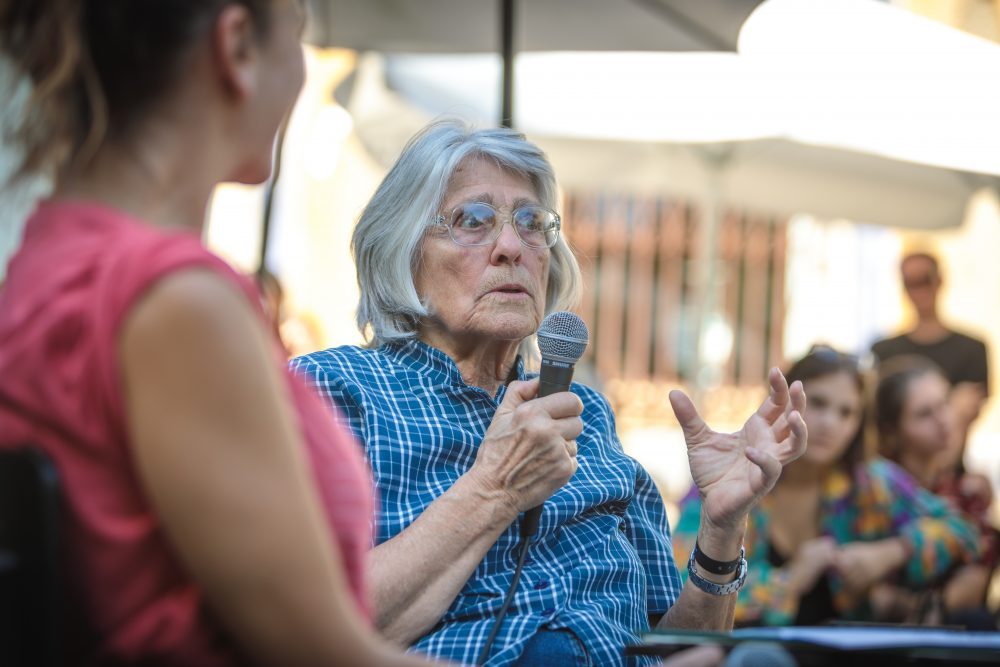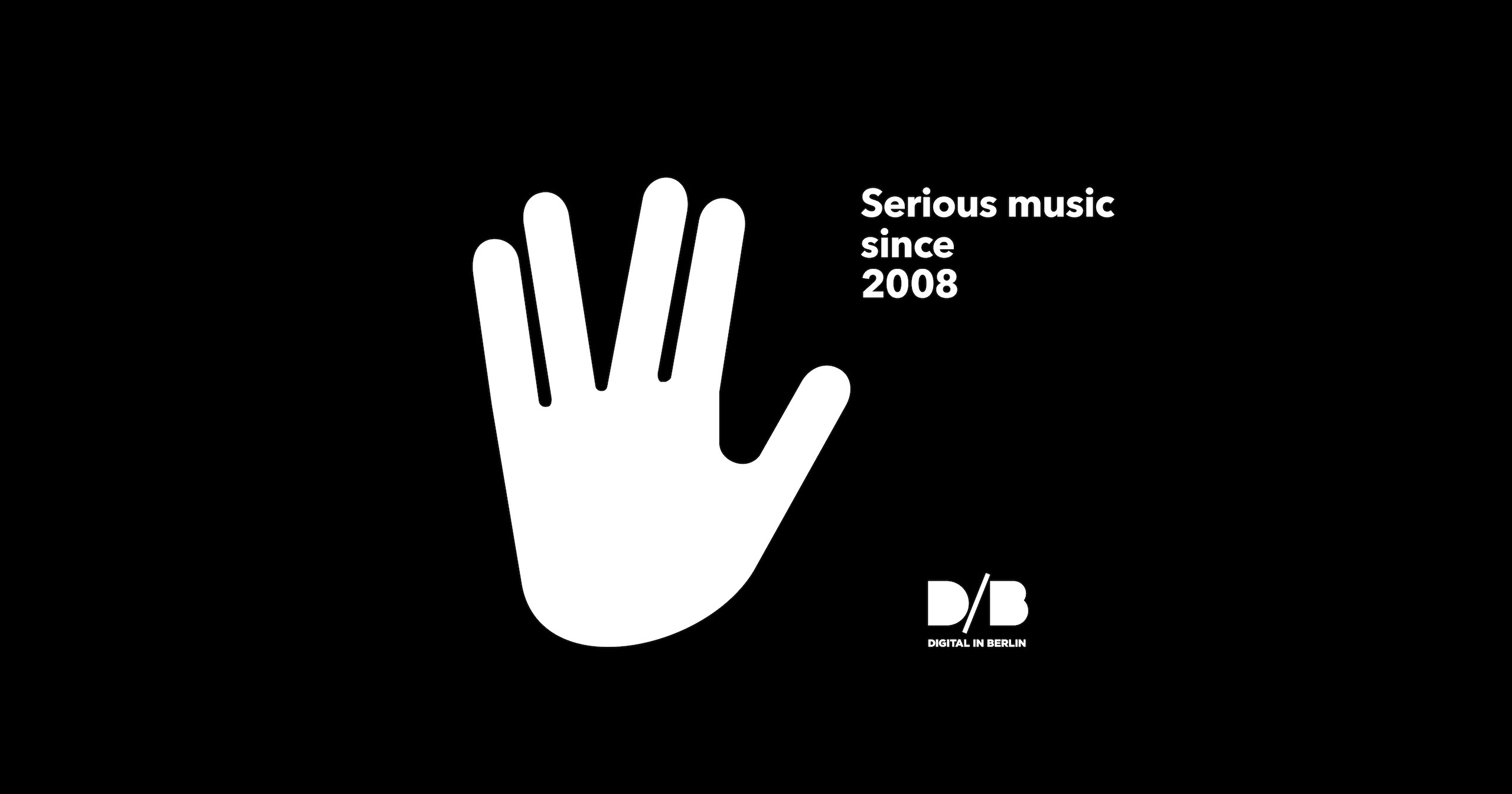Beatriz Ferreyera studied in Paris with Nadia Boulanger, Edgardo Cantón (GRM France — RAI Italy in 1963). She worked with the Groupe de recherches musicales (GRM of the Service de la recherche of the ORTF under the direction of Pierre Schaeffer (1963-70) where she collaborated on the realization of the Solfège de l’objet sonore albums. While there she completed research and ran the interdisciplinary seminars. In 1975, she joined the Composers College of the Institut international de musique électroacoustique de Bourges (IMEB).
She created the experimental concerts series Les rendez-vous de la musique concrète (1998-99) at the Centre d’études et de recherche Pierre Schaeffer. She has performed at many international festivals, electroacoustic conferences and music seminars. As an independent composer, she has received commissions from the government and musical associations (GRM, IMEB, ACIC, etc) both in France and abroad, for performance at festivals and concerts. She also composes for public celebrations and events, films and ballets. Beatriz Ferreyra has also worked in the area of music therapy and served on numerous juries for international competitions adjudicating experimental musics.
FACTS:
1: Electroacustic music is an opening to all the sounds of the world: vocal, instrumental, electronic and noises. We compose : pose with. We build our music “posing sounds together : com-posing” with every sound. Pierre Schaeffer taught us to hear in a new way : a car passing through can be a complex sound with a beginning and a end, a complex object with a variation, instead to be merely a car. We learn to hear all the characteristics of any one sound (its form, matter, evolution etc.) – each had its name.
2: To put two or more sounds together, there are four basic means of articulation: cutting, mixing, transforming and silence. Silence is a way of breathing in the music. Our music is also built with two space axes for stereo pieces: left and right; near and far. In 5.1 & 7.1, eight tracks and more, we can develop in the composition other space trajectories that will be spread in the space by eight or more loudspeakers to develop the space in a room.
3: The loudspeaker installation is very important because it means we can develop the 3° space axis : up and down. In the sixties, we knew that each composer had to do his own sound and not cope with others. The music was very personal and for a lot of us, it works like that. The technical devices are tools. They don’t determine our music. The composer determined the music – with more or less talent.
QUESTIONS:
1. What is the biggest inspiration for your music?
What I see in my mind : colors, forms and sounds
2. How and when did you get into making music?
In 1963 when I heard for the first time in my life Electroacustic music in the GRM, Paris, with Pierre Schaeffer concert
3. What are 5 of your favourite albums of all time?
Bach – Brubeck – Brahms, Astor Piasola – Japanesse music – Indian music
4. What do you associate with Berlin?
A lot of friends, Goethe, my childhood.
5. What’s your favourite place in your town?
I live in the country
6. If there was no music in the world, what would you do instead?
I print and draw. I bold my house and take care of my garden
7. What was the last record/music you bought?
I don’t remenber
8. Who would you most like to collaborate with?
I’m a very lonely person and I compose alone, but I have a lot of friends
9. What was your best gig (as performer or spectator)?
Every concert of other composers I hear is a gig for me. I like to perform my music É..
10. How important is technology to your creative process?
Technology is a tool and as a tool it is important, but it is not the main thing
https://youtu.be/3q00LmQ91AE
Beatriz Ferreyra will perform at our Kiezsalon on 27th June alongside E (w/ Thalia Zedek).

